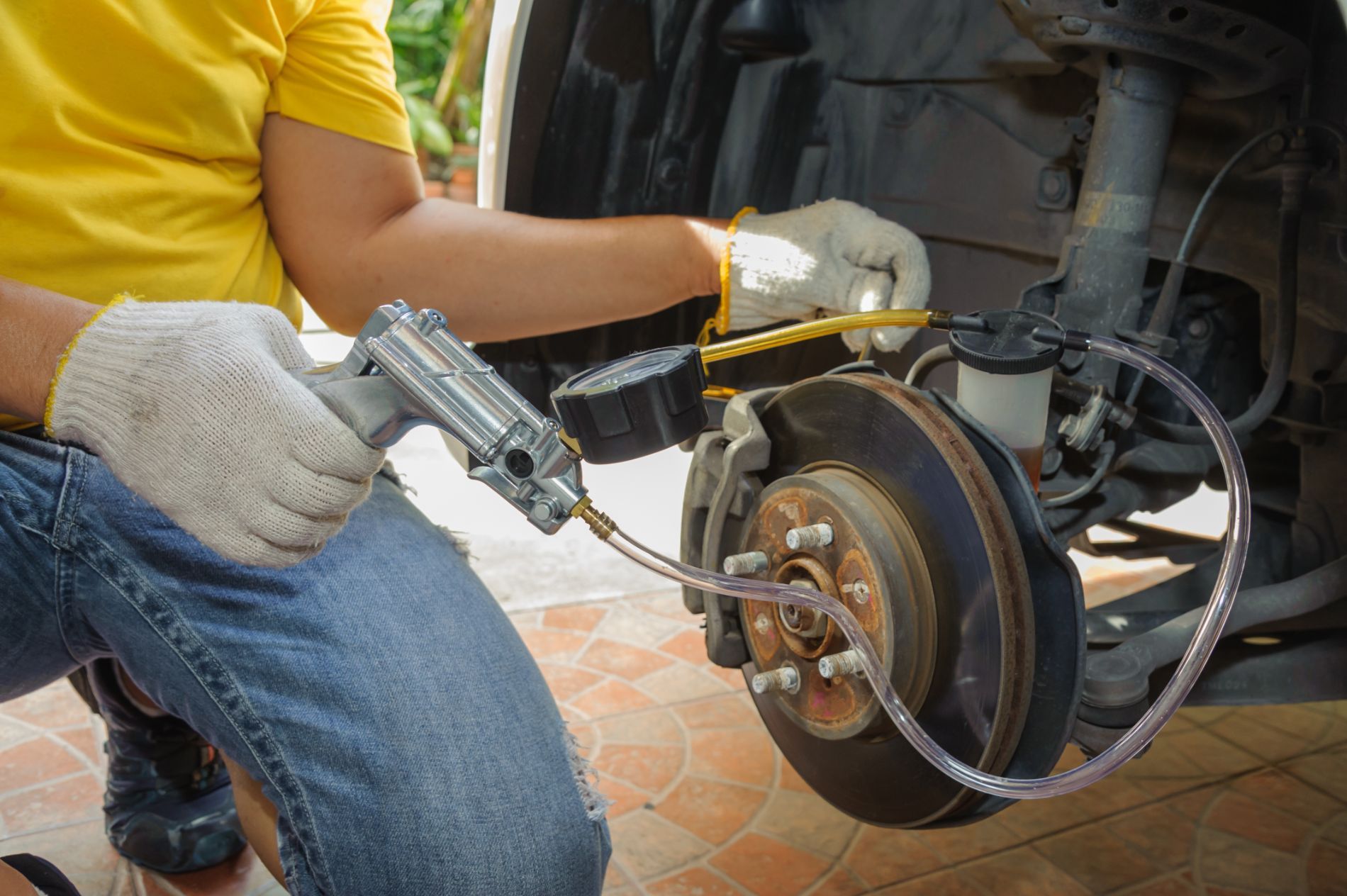Reliable Rotors & Auto Brake Service in Bridgetown North, OH
Contact UsBrake Services in Bridgetown North, OH
Simply put, your vehicle won't run without a properly functioning battery and electrical system. From ignition to locks and lights, if they are not installed and arranged correctly, you won't be getting from point A to point B. Let our team in Cincinnati, OH get your automobile set up right.
Brake System Inspections
Brogan & Folz Firestone will perform a thorough inspection of your vehicle's brake system components to ensure they are dependable and efficient. We'll look at the areas below.
Disc Brakes:
- Disc brake rotors and pads
- Calipers and hardware
Drum Brakes:
- Brake drums and shoes
- Wheel cylinders
- Return springs
Parking Brake:
- Cables
Hydraulic System:
- Master cylinder
- Brake fluid and hoses
- Power booster
Warning signs that your braking system is in need of service or repairs:
- Squealing or grinding noises when using brakes
- Anti-Lock Braking System (ABS) light turns on
- While braking, your car pulls to one side
- Brakes are hard to press down or feel "spongy"
- When applying your brakes, your steering wheel, brake pedal, or entire vehicle begins to shake
Brake System Hydraulics
Your automobile's brake system hydraulics can be categorized into three main areas.
Master Cylinder:
The master cylinder is like a pressure converter. When you press down on the brake pedal (physical pressure), the master cylinder converts this to hydraulic pressure, and brake fluid moves into the wheel brakes.
Brake Lines and Hoses:
Brake lines hoses deliver pressurized brake fluid to the braking unit(s) at each wheel.
Wheel Cylinders and Calipers:
Wheel Cylinders surrounded by two rubber-sealed pistons connect the piston with the brake shoe. Push the brakes and the pistons stop and the shoes pushes into the drum. Calipers squeeze brake pads onto the rotor to stop your car. Both components apply pressure to friction materials.
Friction Materials
Braking system friction materials are broken down into two groups - disc brake pads and drum brake shoes. A disc brake uses fluid (released by the master cylinder) to force pressure into a caliper, where it presses against a piston. The piston then squeezes two brake pads against the rotor, forcing it to stop. Brake shoes consist of a steel shoe with friction material bonded to it.




